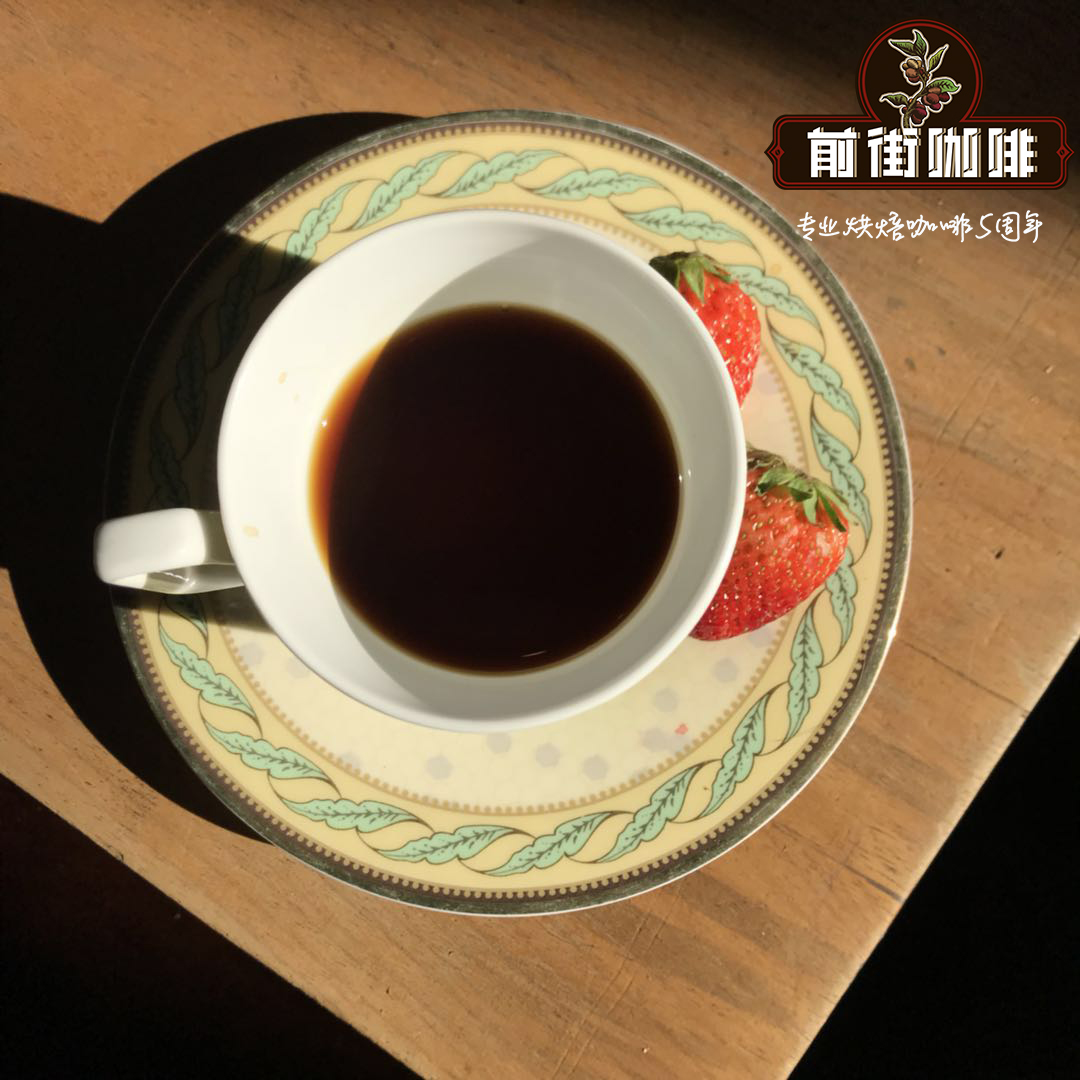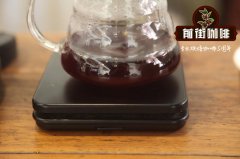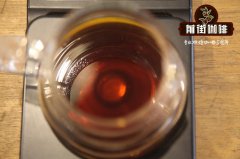How to check the authenticity of Blue Mountain Coffee official website? Have you ever had real Blue Mountain Coffee?

Professional coffee knowledge exchange more coffee bean information please follow the coffee workshop (Wechat official account cafe_style)
The real Blue Mountain refers to the blue mountain beans of Jamaica, which has always been recognized as one of the best coffee in the world. In an area with an ultra-high seed value of more than 2,000 meters, the coffee grains are full, fermented and removed by semi-washing, and then dried to raw beans that can be exported by 100% sun drying. The prices of raw beans are all around 3000 yuan per kilogram, which is very expensive. The Japanese love tooth horse plus blue mountain beans very much. In Tokyo, a cup of blue mountain coffee costs 60, 000 yen, which is really not cheap. Generally, most of the blue mountain coffee on the market is not the real tooth horse plus blue mountain coffee. Some use Peruvian coffee beans, and some use other beans to mix to achieve a similar flavor, but they are not real blue mountain coffee. It can only be said to be similar to blue mountain coffee. Some taste even worse.
The Blue Mountain legal coffee producing area in Jamaica is constantly shrouded in blue fog, so it is named "Blue Mountain". Blue Mountains is located in eastern Jamaica, across 45 km, 20 km wide, up to 2260 meters above sea level, is the highest mountain range in the Caribbean.
The Blue Mountains are covered with fertile soil with excellent drainage, making it very suitable for coffee cultivation. Located in the legal Blue Mountains of Jamaica, Mavis Bank is also one of the raw bean processing plants certified by the Jamaican government, about 10 miles northeast of the capital Kingston, and has been operated by the Munn Family family since 1885.
Originally the Moon family planted and processed the harvested coffee cherries on Strawberry Hill on the west side of the Blue Mountain. The present-day Mavis Bank processing plant was founded by Victor Munn in 1920 and then run by Victor's nephew, Keble Munn. Keble is not only an agricultural operator, but also the first certified cup tester in Jamaica.
Mavis Bank is already the largest coffee gathering place in Jamaica, and in order to ensure coffee quality, the processing plant collects raw beans from single farms or small farmers in specific areas of the Blue Mountains. The coffee planting and processing area is located in the mountain area with an average of 1600 to 900m, with sufficient altitude, mild afternoon cloud shade, sufficient sunshine and mineral-rich planting soil to provide good growth conditions for coffee trees and prolong the ripening of coffee cherries. In the raw bean treatment stage, only ripe red fruit is harvested, and then manual selection and floating fruit elimination procedure is the basic condition. Farmers send the remaining coffee cherries to another washing station, and then carry out the second selection, and remove the flesh before the evening.
Then carefully sift out any overfermented, unripe or worm-eaten cherries in a large tank before pectin removal. After the pectin is removed, the shell beans are placed on the cement slate and dried in the sun for 5 days, then bagged and stored for at least 10 weeks. Finally, the peeled raw beans will carry out the last procedure of picking defects by hand.
Important Notice :
前街咖啡 FrontStreet Coffee has moved to new addredd:
FrontStreet Coffee Address: 315,Donghua East Road,GuangZhou
Tel:020 38364473
- Prev

Black Ivory Coffee, the most expensive Coffee in the World, the flavor difference between Ivory shit Coffee and Kopi Luwak
Professional coffee knowledge exchange more coffee bean information Please pay attention to the coffee workshop (Wechat official account cafe_style) there used to be more banks than rice shops, now it is not what it used to be, there is always one nearby, in addition to 7 Tsai and OK, there are Starbucks and Pacific Coffee, bringing a very middle-flavor coffee culture to Hong Kong. In terms of authentic taste, of course, we have to mention that the cup in the cafe is sour.
- Next

Does Blue Mountain Coffee taste good? If the price of a cup of Blue Mountain is less than 60, you can hardly drink the real Blue Mountain.
Professional coffee knowledge exchange more coffee bean information please follow the coffee workshop (Wechat official account cafe_style) Blue Mountain Coffee (Blue mountain) is probably the most famous single-origin coffee, and has a long history, it can be said that even if you have never tasted boutique coffee, you have heard of Blue Mountain Coffee. Why does it feel strange to apply the pig walking formula? (but I think China is really
Related
- Detailed explanation of Jadeite planting Land in Panamanian Jadeite Manor introduction to the grading system of Jadeite competitive bidding, Red bid, Green bid and Rose Summer
- Story of Coffee planting in Brenka region of Costa Rica Stonehenge Manor anaerobic heavy honey treatment of flavor mouth
- What's on the barrel of Blue Mountain Coffee beans?
- Can American coffee also pull flowers? How to use hot American style to pull out a good-looking pattern?
- Can you make a cold extract with coffee beans? What is the right proportion for cold-extracted coffee formula?
- Indonesian PWN Gold Mandrine Coffee Origin Features Flavor How to Chong? Mandolin coffee is American.
- A brief introduction to the flavor characteristics of Brazilian yellow bourbon coffee beans
- What is the effect of different water quality on the flavor of cold-extracted coffee? What kind of water is best for brewing coffee?
- Why do you think of Rose Summer whenever you mention Panamanian coffee?
- Introduction to the characteristics of authentic blue mountain coffee bean producing areas? What is the CIB Coffee Authority in Jamaica?

